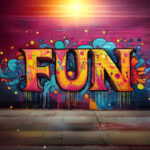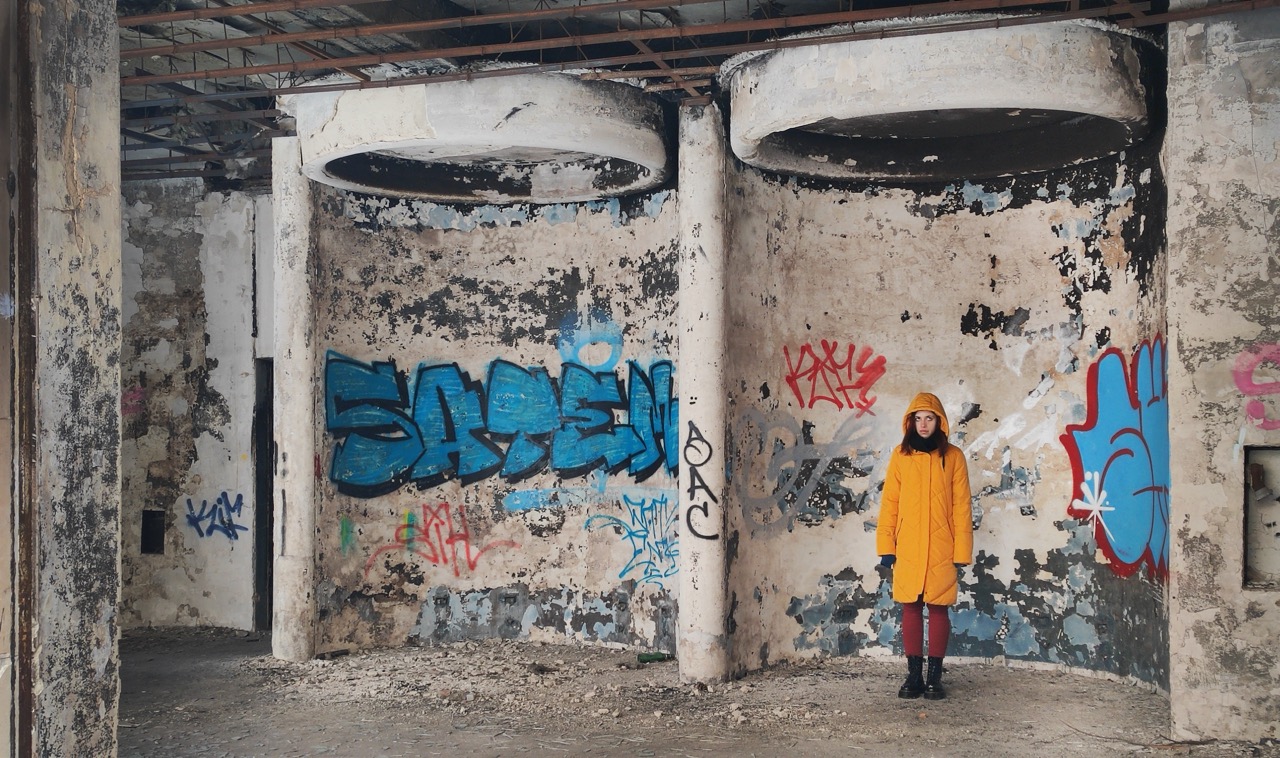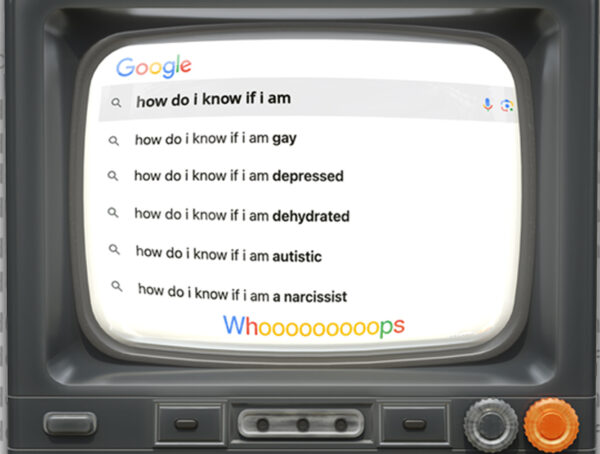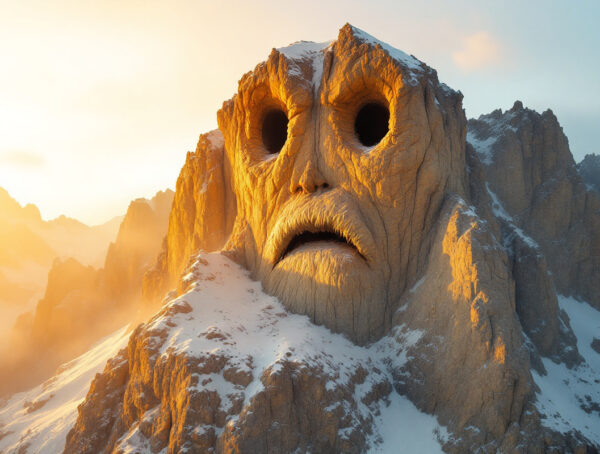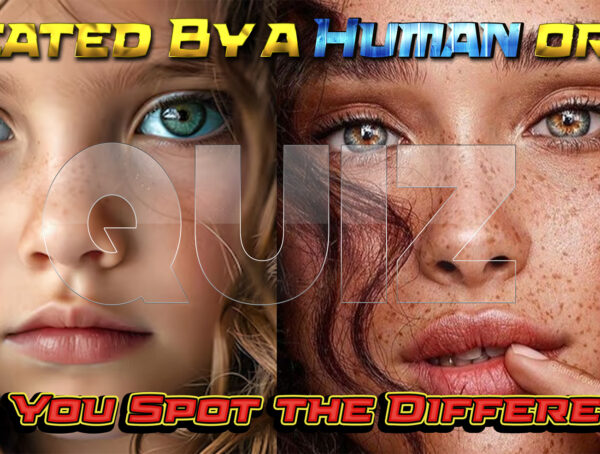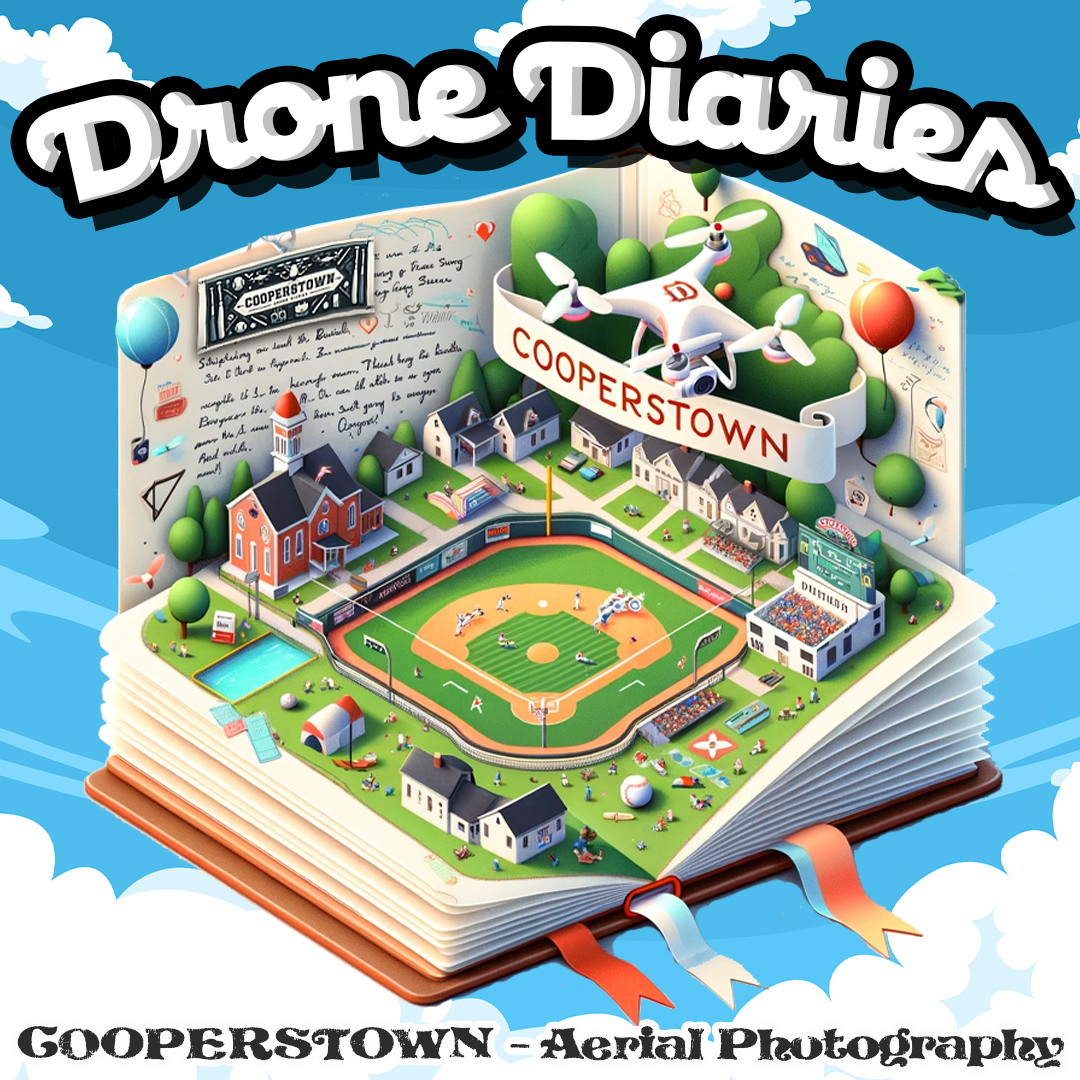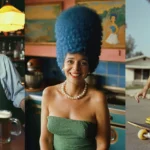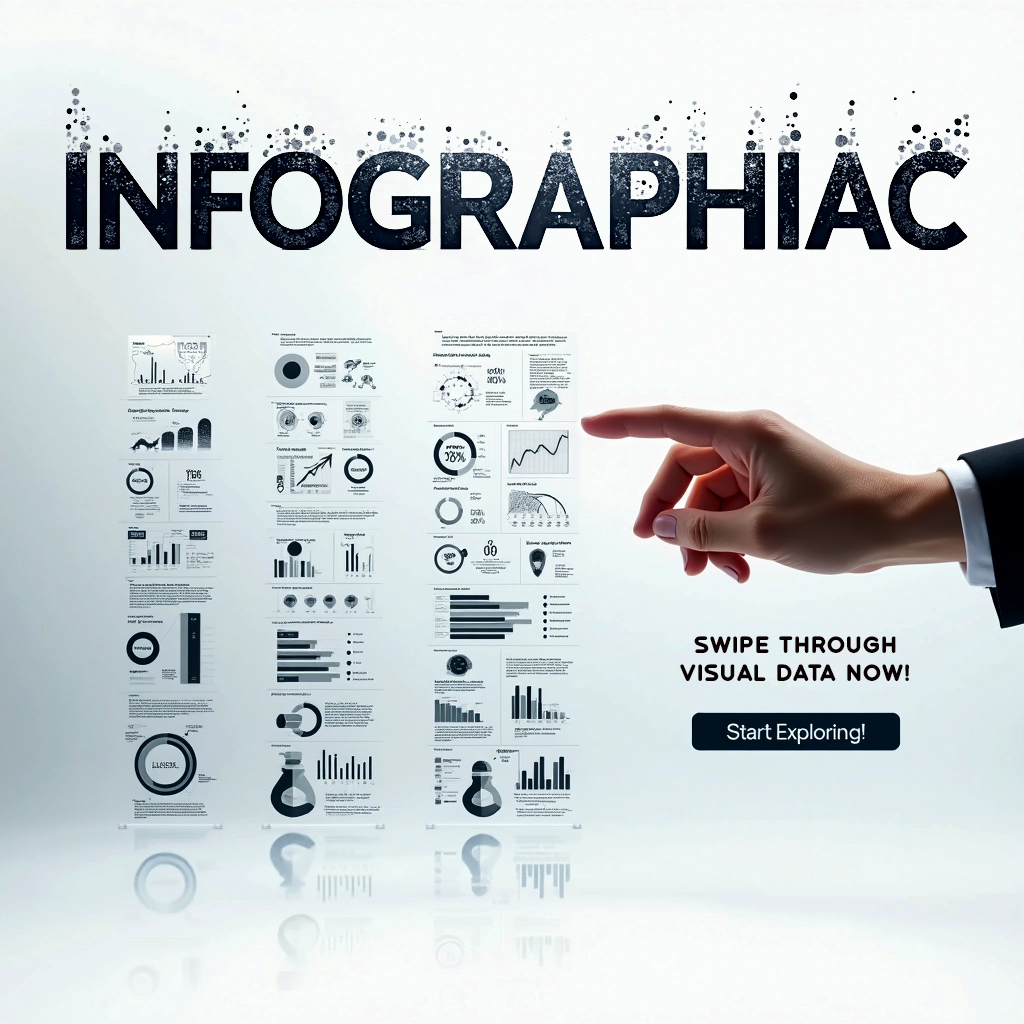Why do humans feel compelled to leave marks? From ancient cave paintings to graffiti-covered cityscapes, urban art is one of the most fascinating—and polarizing—forms of human expression. It’s art. It’s vandalism. It’s communication. But most importantly, it’s something deeply, intrinsically human.
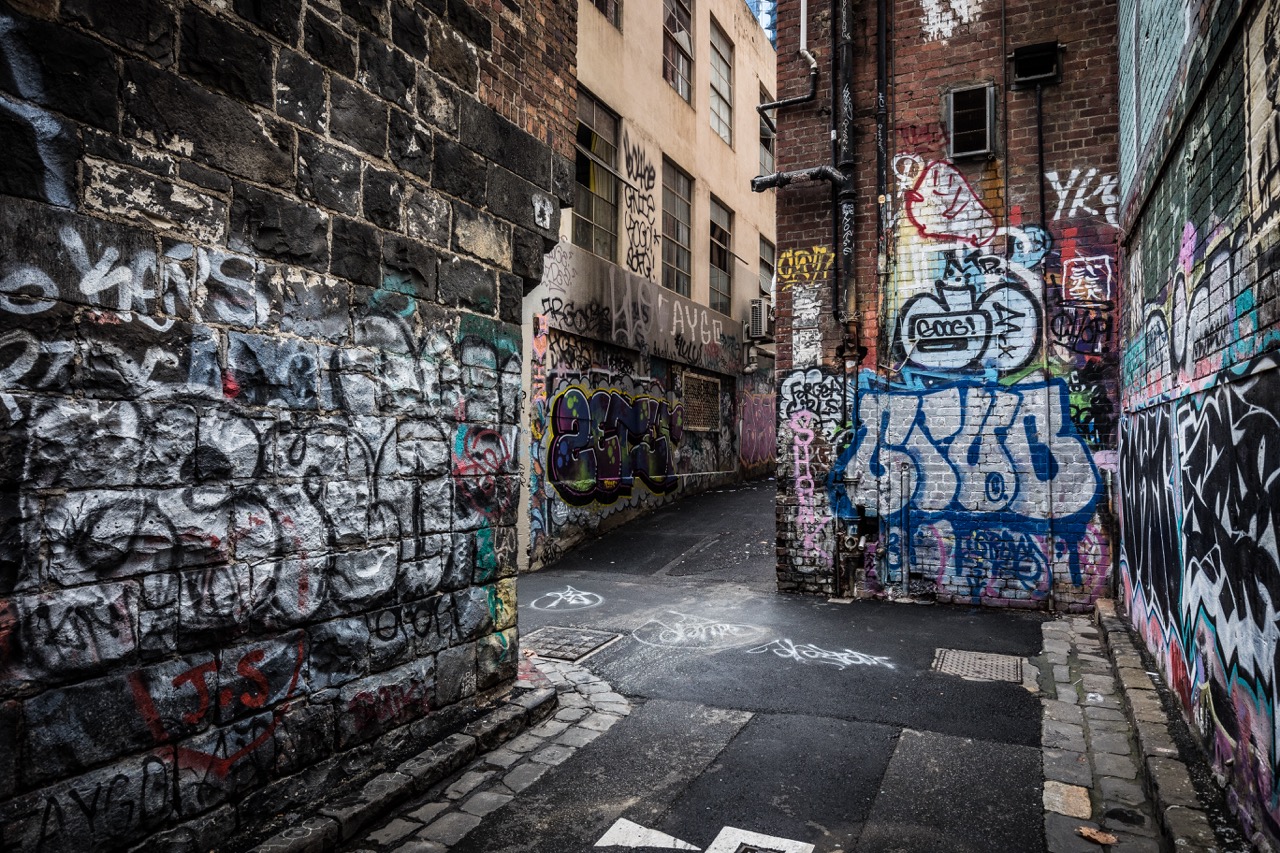
Urban art as we know it today exploded in the late 20th century, especially in the United States, but its roots stretch far back into history. What drives people to create it? Why does it look the way it does? And what does it say about who we are as individuals and as a society? Let’s take a closer look.
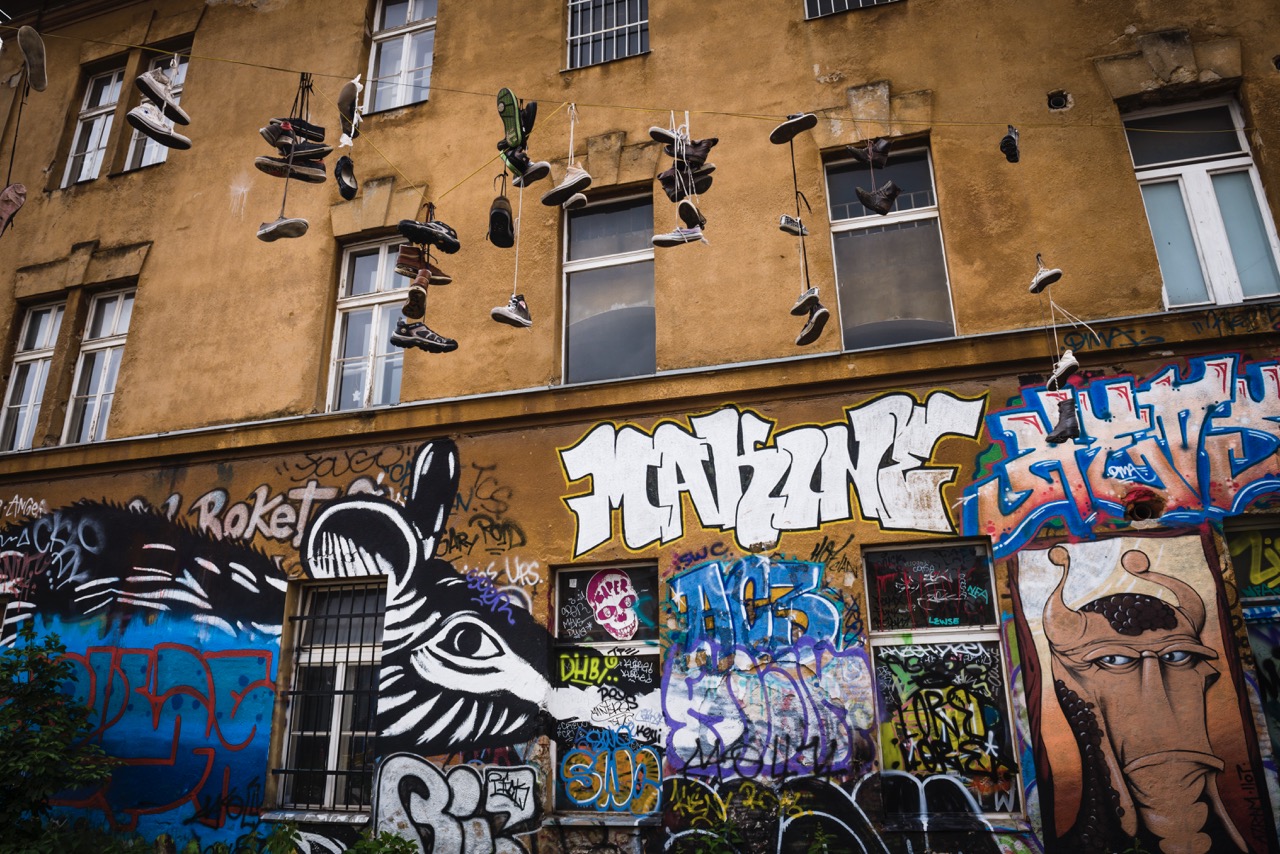
Leaving Marks: A Very Human Habit
Humans are a species of leavers. We leave footprints. We leave fingerprints. We leave messages. Long before skyscrapers and subways, our ancestors were painting animals and handprints on cave walls. Those marks—left tens of thousands of years ago—were more than decorations. They were a way of saying, “We were here.”
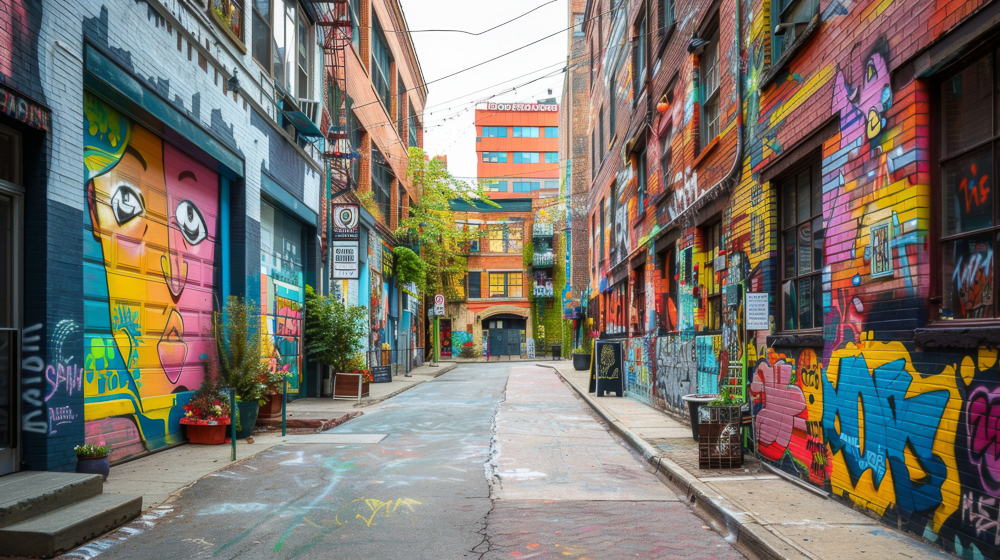
Graffiti and street art tap into this same impulse. It’s no coincidence that the urban art movement of the 20th century began with names—simple, repetitive tags scrawled across public spaces. Writers like Cornbread in Philadelphia and Taki 183 in New York weren’t creating art for art’s sake; they were creating visibility in environments that rendered them invisible.
Urban Art as Language
Graffiti’s DNA is rooted in communication. A tag, at its core, is a message. But unlike a billboard or a social media post, it’s not trying to sell you something. It’s not asking for your approval. It’s saying, “I exist.” And when you exist in a society that often marginalizes your voice, that message becomes revolutionary.
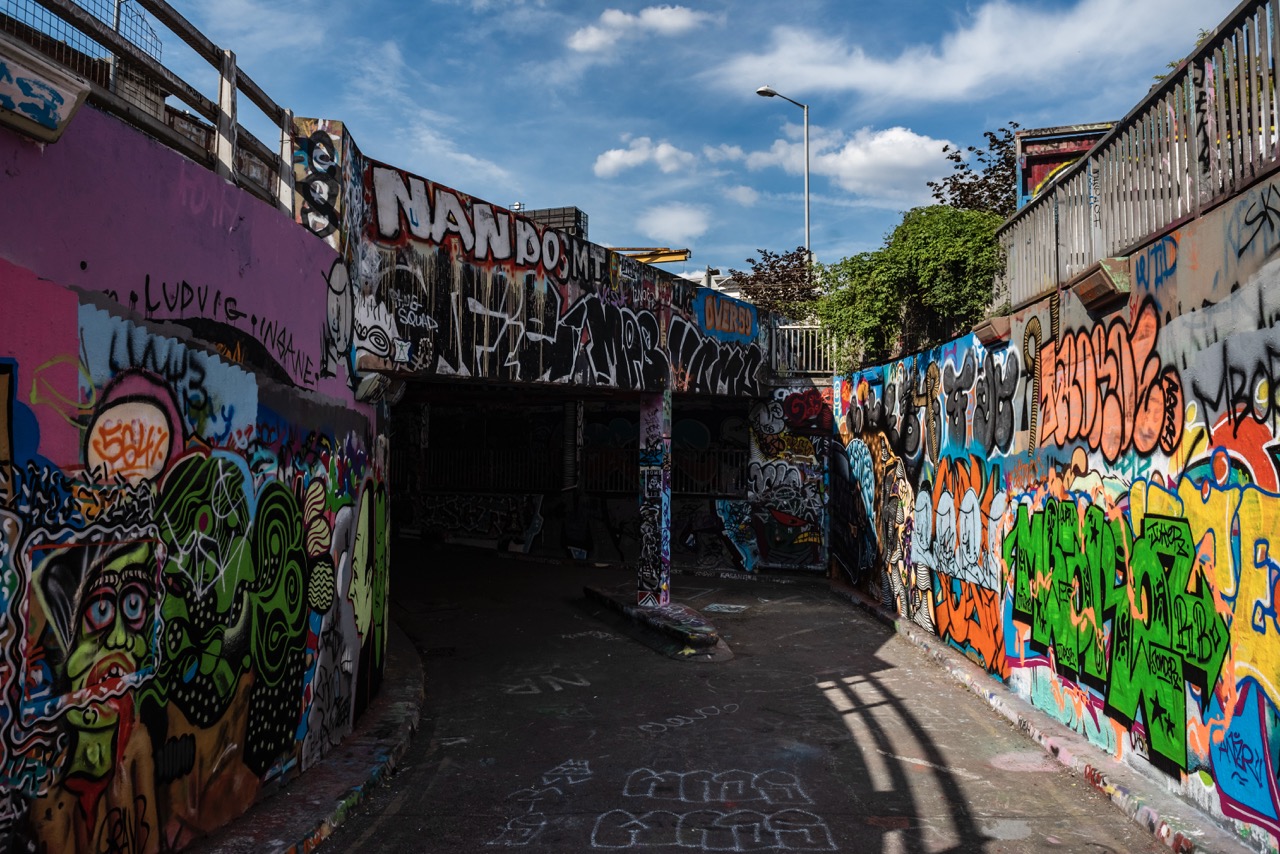
But tags are just the beginning. As graffiti evolved, so did its complexity. Writers developed intricate lettering styles, vibrant color schemes, and sprawling designs that transformed words into symbols, layers, and textures. These weren’t random aesthetic choices; they were deliberate decisions made to stand out, to express, and to impress.
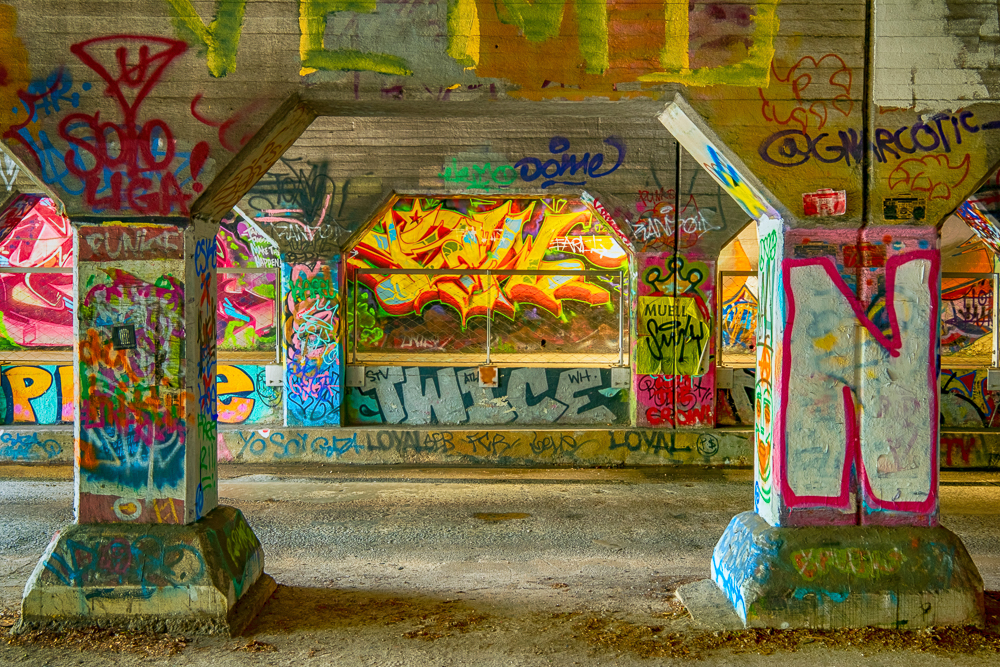
And here’s where it gets fascinating: graffiti isn’t just art—it’s a conversation. Writers compete for space and recognition, but they also collaborate and build on each other’s work. Graffiti pieces often exist in dialogue with one another, turning entire city blocks into improvised, open-air galleries.
Why Risk It?
Creating urban art isn’t easy. It’s dangerous. It’s illegal. And yet, people still do it. Why?
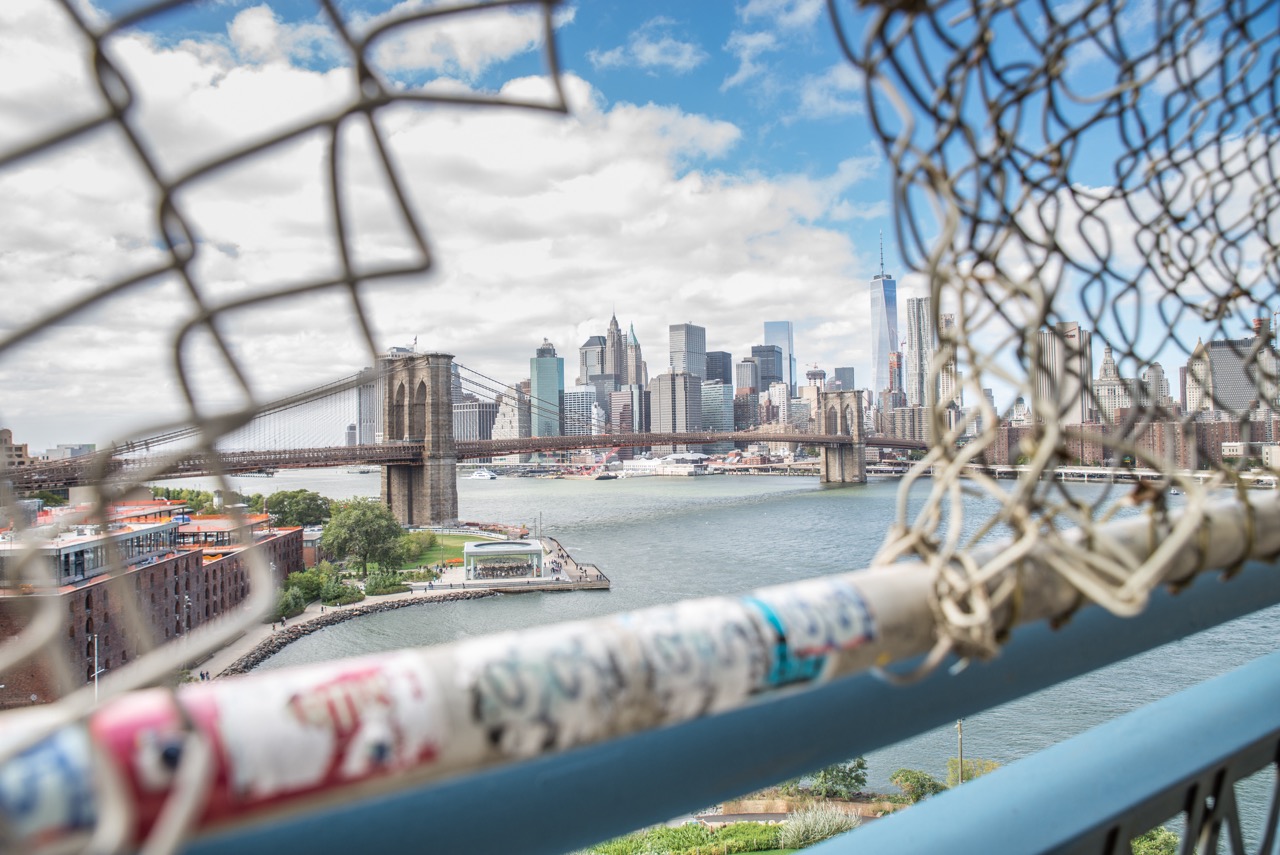
View of Brooklyn Bridge and Manhattan skyline – New York City downtown, photographed from Manhattan Bridge
Part of the answer lies in adrenaline. Climbing a building, evading police, or sneaking into a train yard at night releases a cocktail of dopamine and adrenaline in the brain, heightening focus and amplifying the thrill of creation. For many urban artists, the act of making the art is as important as the art itself.
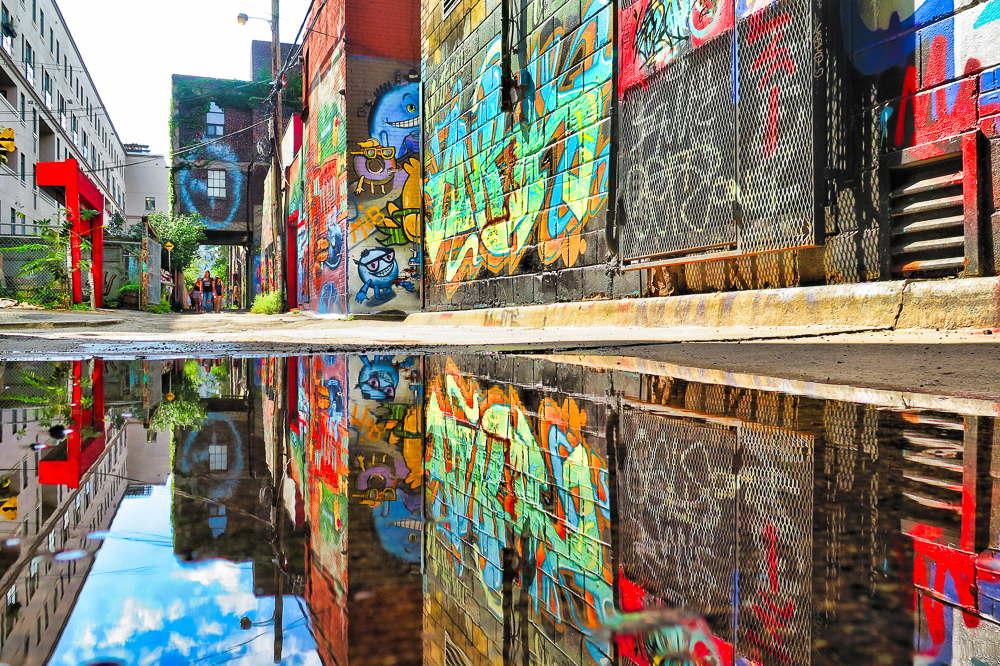
But there’s a deeper psychological dimension to urban art, one tied to the concept of territoriality. In the wild, animals mark their territory with scent or scratches. Humans, particularly in dense urban environments, mark theirs with symbols, colors, and designs. Graffiti and street art aren’t just about self-expression; they’re about claiming space in an environment that often feels impersonal and overwhelming.
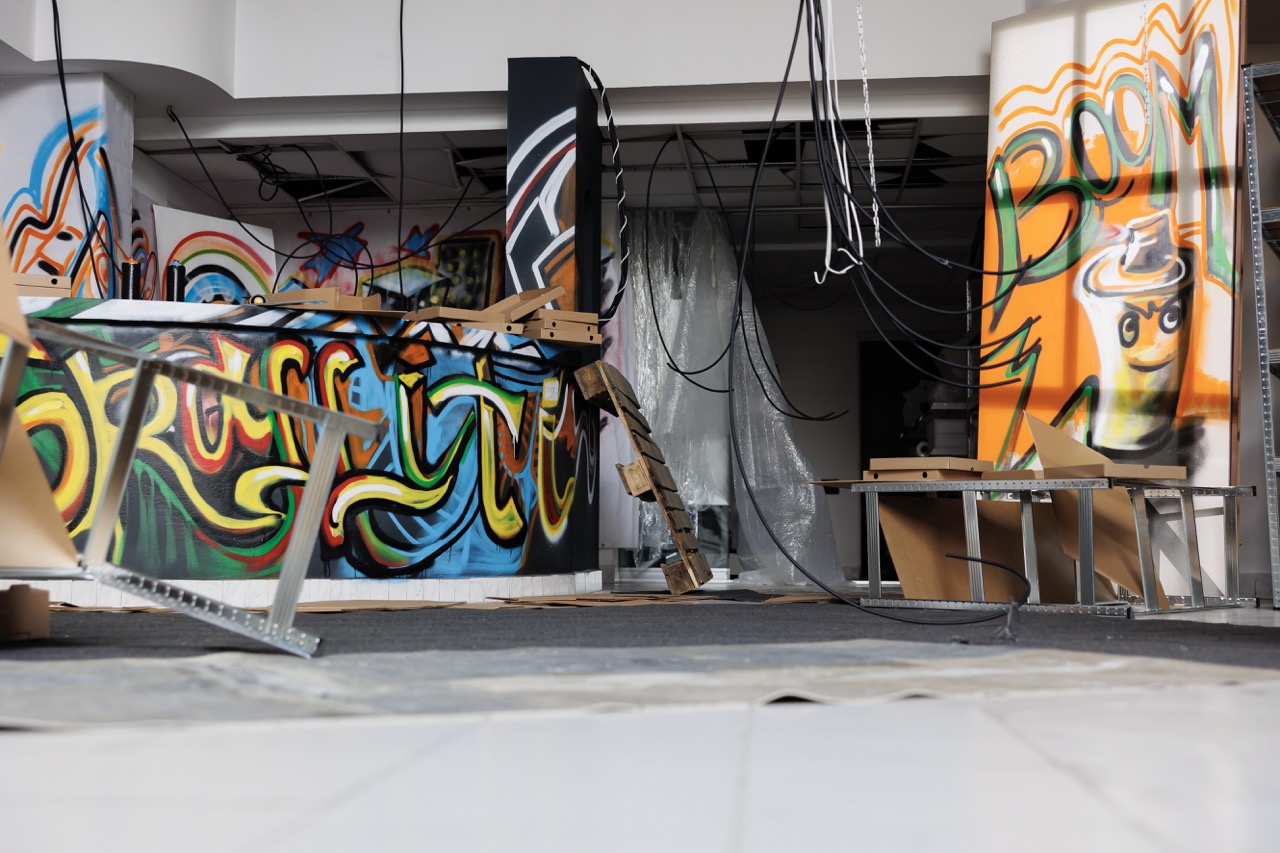
Aesthetic Inspiration: Why Does It Look Like That?
Graffiti’s visual style isn’t arbitrary. The bold colors, exaggerated letterforms, and elaborate designs all serve functional and cultural purposes.
- Bold colors ensure visibility from a distance or in dimly lit areas.
- Exaggerated letterforms reflect the writer’s personal style while making the tag harder to imitate or “buff” (erase).
- Complex designs demonstrate skill and demand attention, both from peers and the public.
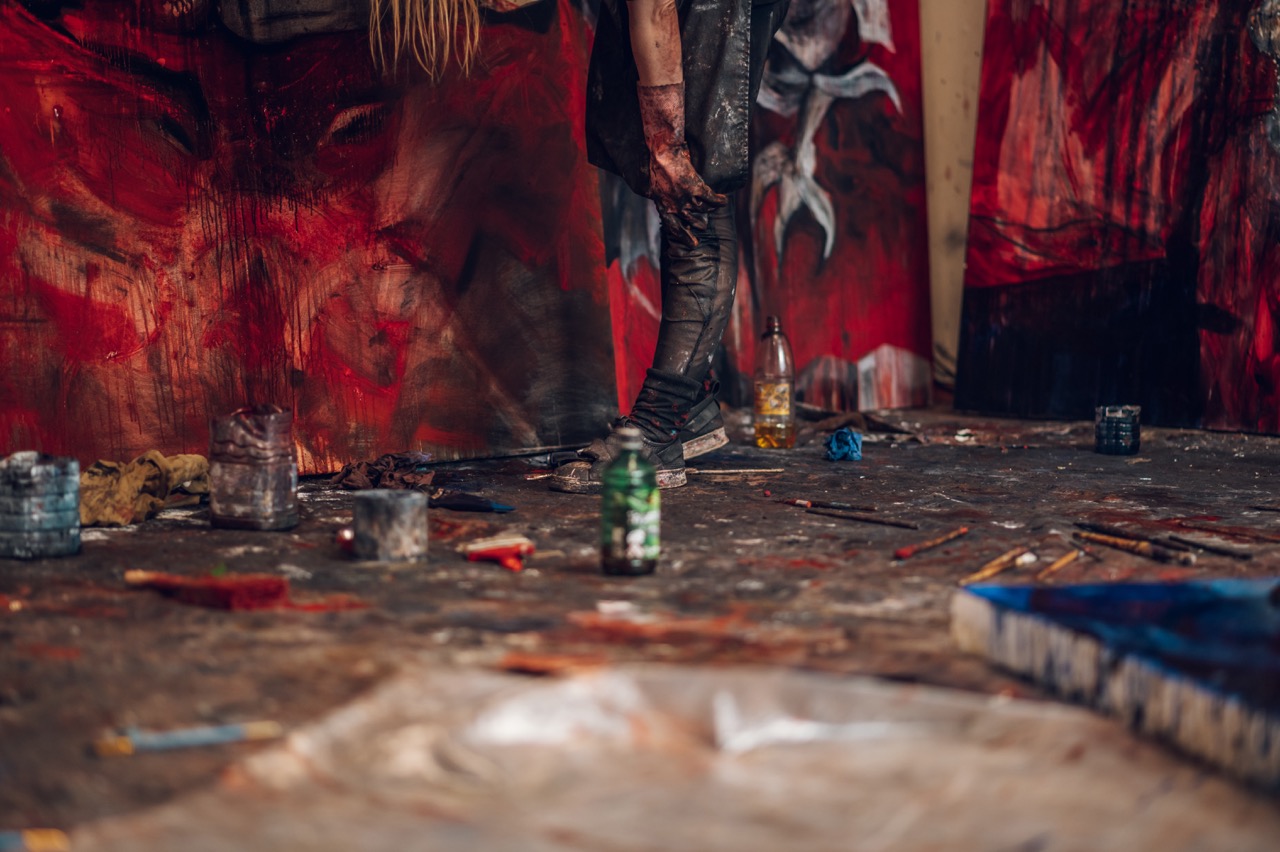
But graffiti isn’t just practical—it’s cultural. Its roots are deeply intertwined with hip-hop, breakdancing, and other urban subcultures that emerged in the 1970s. The graffiti “crews” that formed during this time were akin to families, offering community and support in environments where traditional social structures had failed.
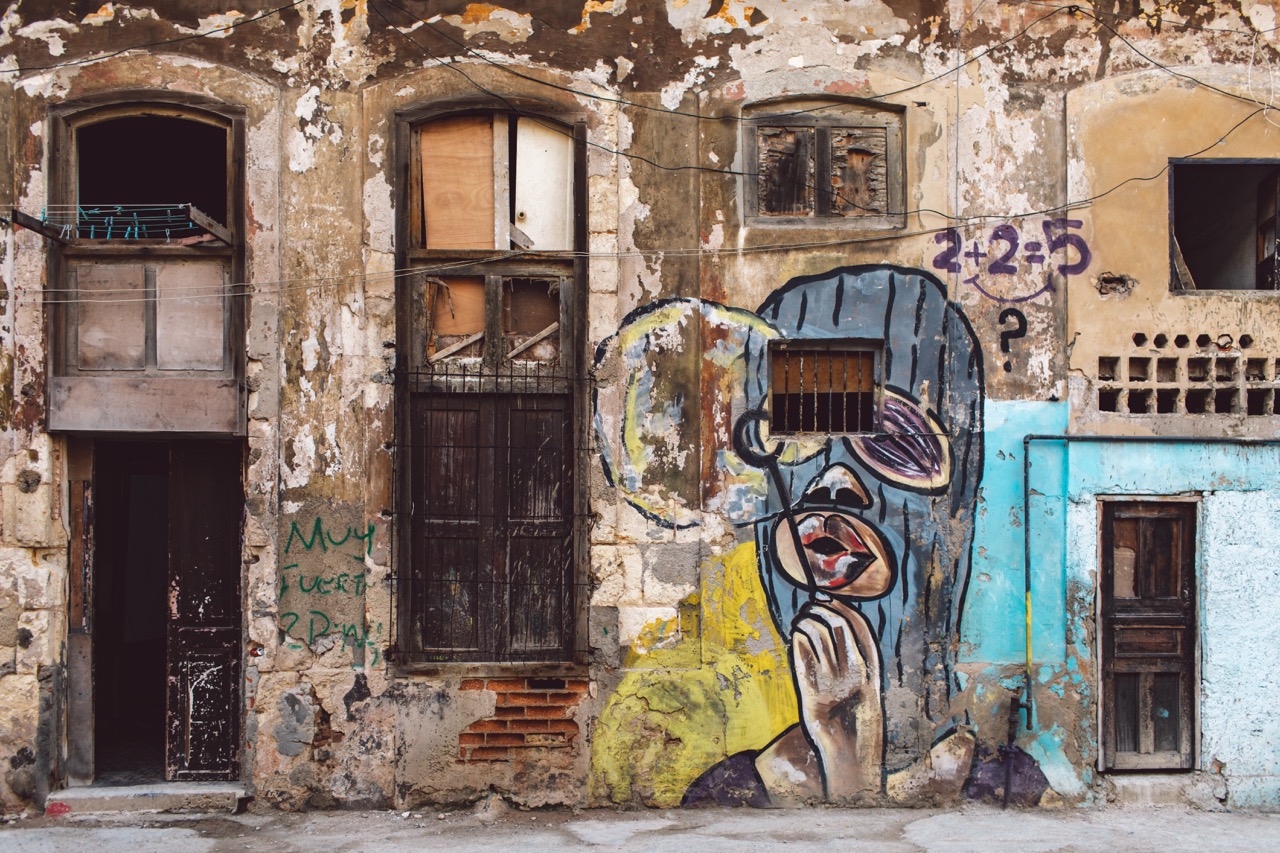
The Meanings Behind the Marks
What do urban artists want to say? The answer is as diverse as the artists themselves. For some, graffiti is purely personal—a way to carve out identity in a world that feels indifferent. For others, it’s political, a way to challenge authority or critique social inequality. And for many, it’s a blend of the two: deeply personal yet inherently public.
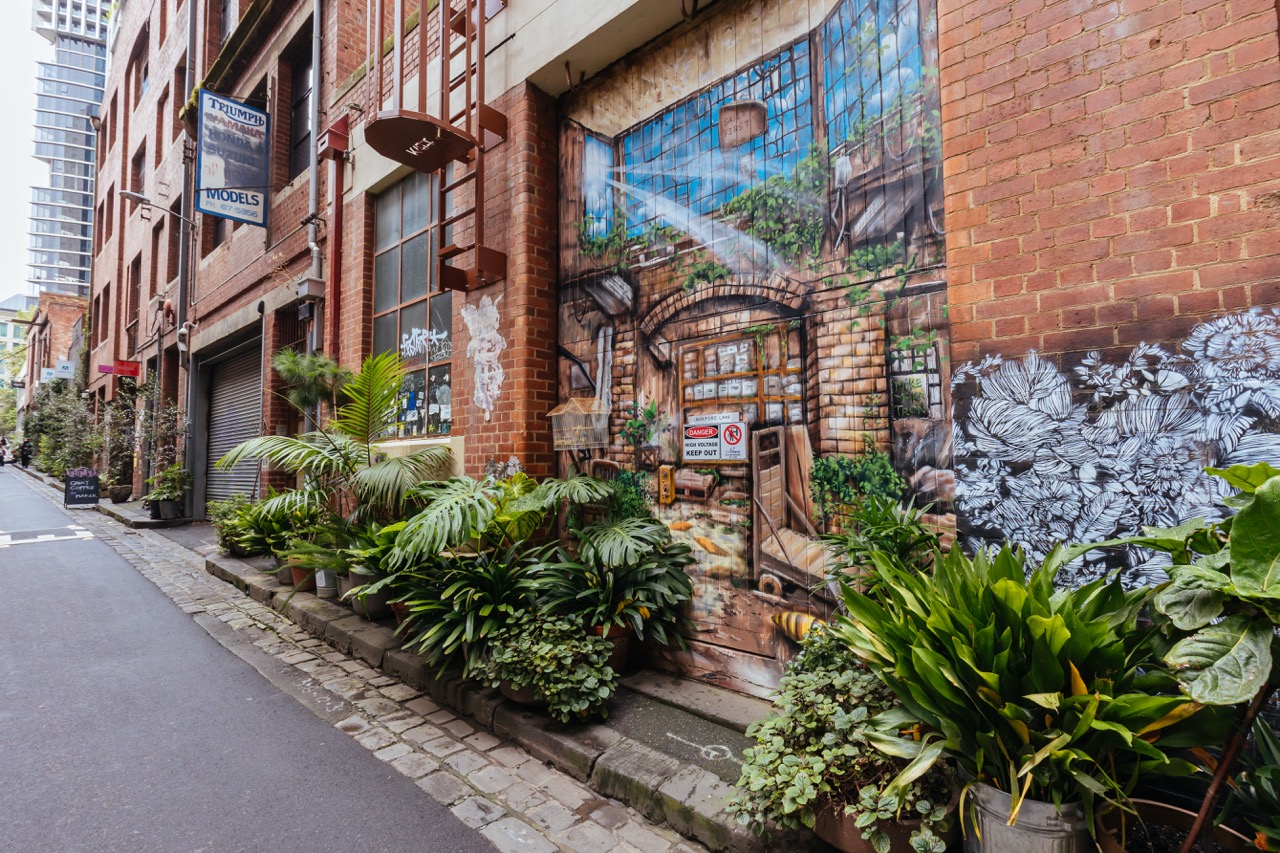
Take, for example, Shepard Fairey’s Obey Giant. What began as an inside joke—a sticker of wrestler André the Giant—evolved into a commentary on propaganda, consumerism, and control. Similarly, Banksy’s stencils often juxtapose whimsical imagery with biting political critique, challenging viewers to question their assumptions about society.
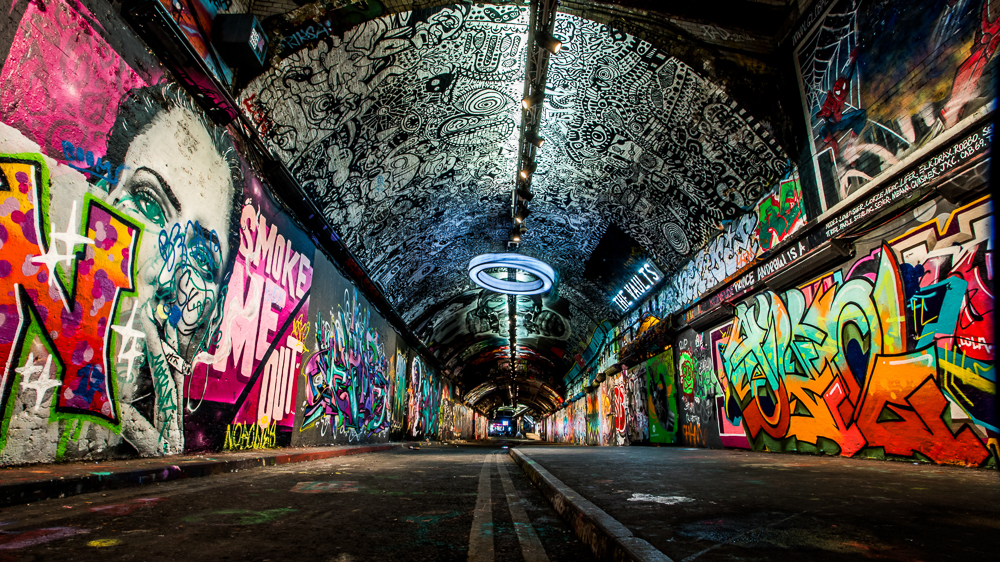
At its core, urban art is about visibility. Whether it’s a simple tag on a wall or a sprawling mural, it demands to be seen. And in a world where so many voices go unheard, that demand is powerful.
From Illegality to Legitimacy
Here’s an interesting paradox: urban art, born from rebellion, has increasingly been embraced by mainstream culture. Graffiti writers like Jean-Michel Basquiat transitioned from the streets to galleries, selling works for millions of dollars. Murals commissioned by cities have turned urban neighborhoods into tourist destinations.
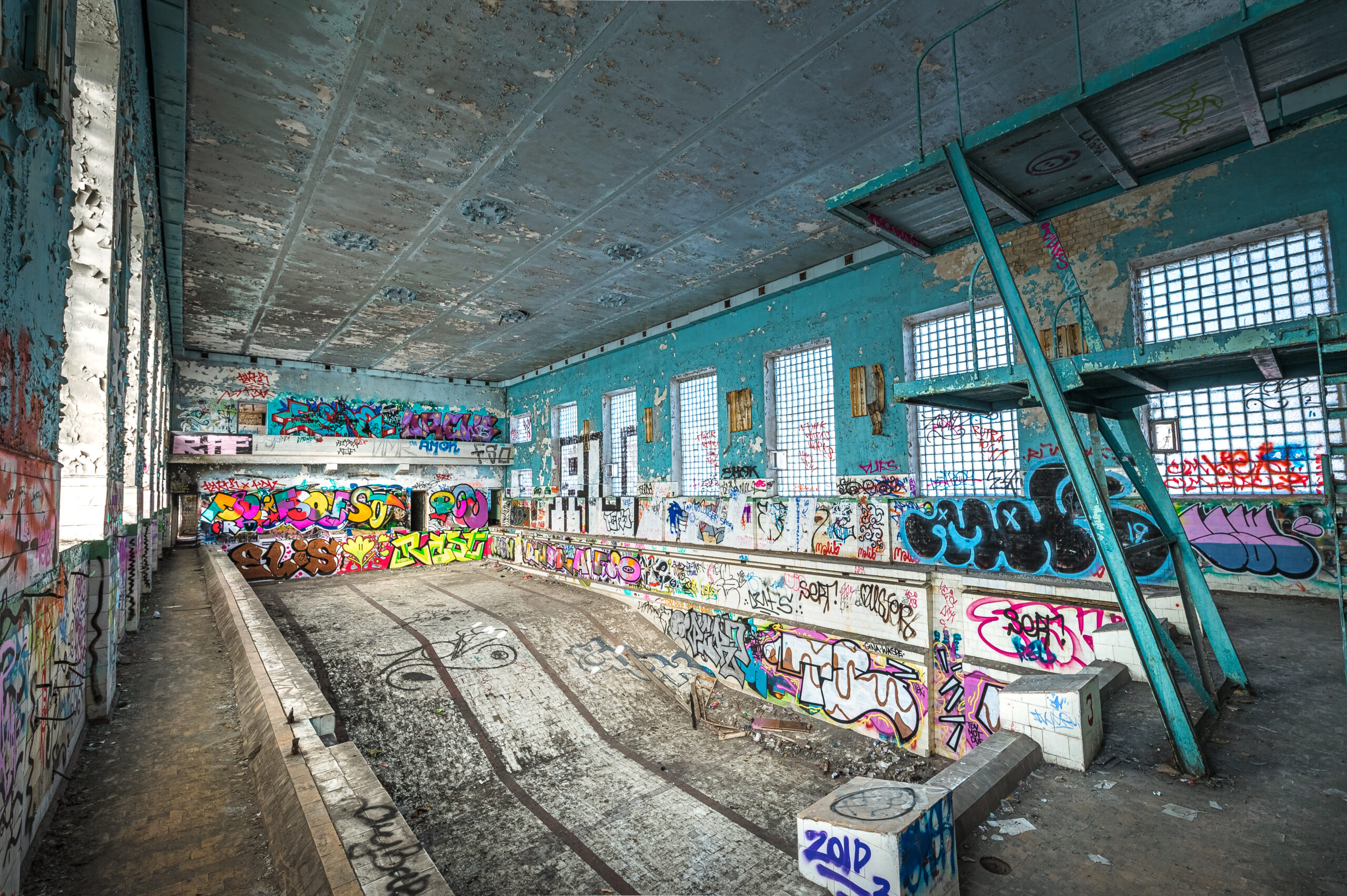
But this shift raises important questions. When graffiti becomes sanctioned, does it lose its edge? Can urban art maintain its authenticity when it’s co-opted by the very systems it originally sought to critique?
Conclusion: What Urban Art Says About Us
Urban art is more than paint on a wall. It’s a reflection of human creativity, resilience, and defiance. It’s a reminder that art doesn’t need permission to exist. And it’s proof that, even in the most chaotic and crowded environments, people will find ways to express themselves.
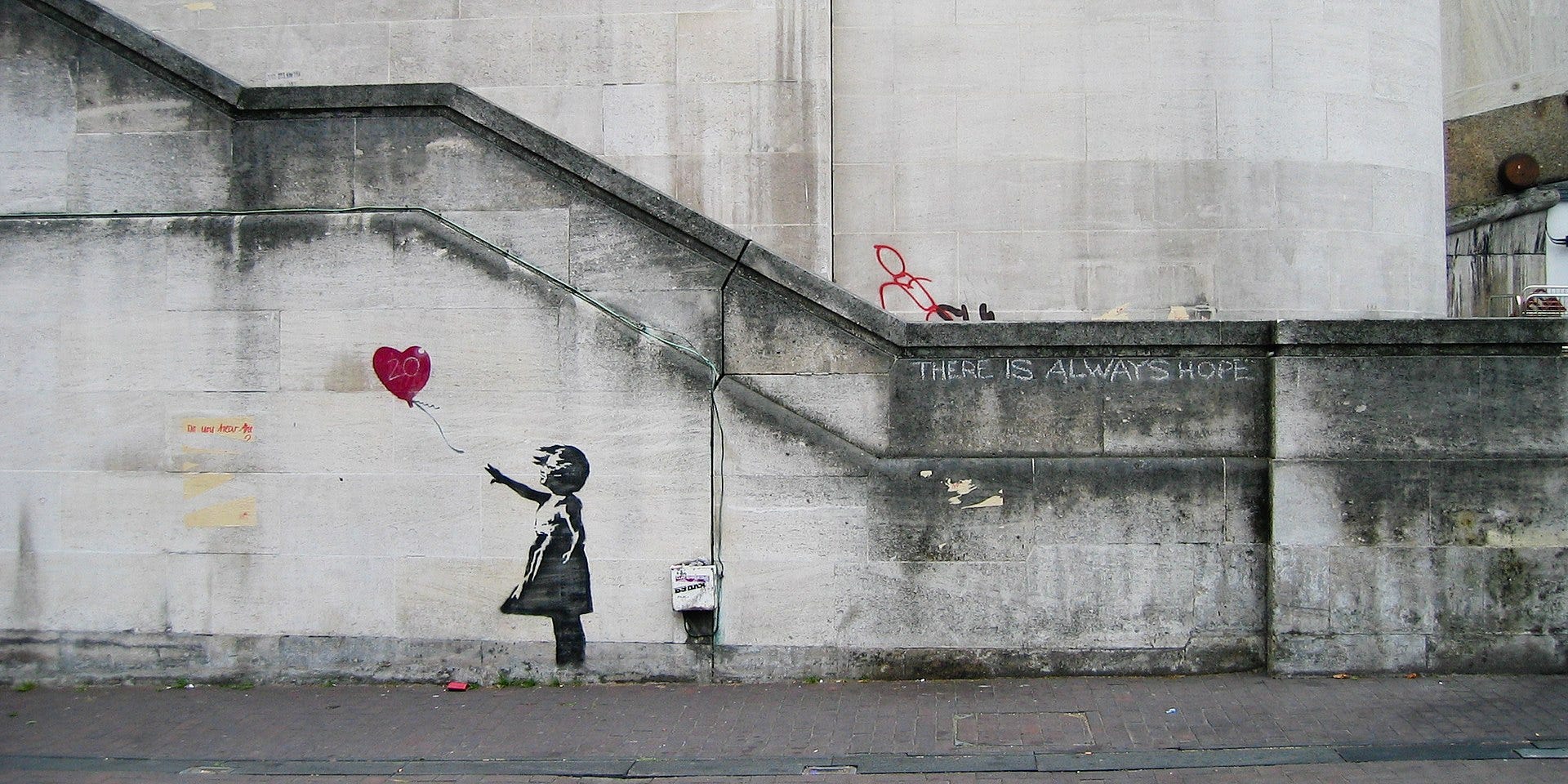
So, the next time you see a tag on a wall or a mural on a building, don’t just walk past it. Stop. Look. Think. Because that mark, whether it’s a scribbled name or a carefully crafted image, is saying something—not just about the artist, but about all of us.
VUSSIO GRAFFITI WALL
More from Fun
You Won’t Believe What People Are Googling: Auto-Suggest Nightmares
Without a doubt, Google autocomplete is one of the most illuminating windows into the human psyche. It’s not some cold, …
Seeing Faces in Everyday Objects? Here’s What’s Really Happening
Human cognition is both a marvel and a mystery. It is a tool forged in the fires of evolution, honed …
Can You Tell If This Art Is Human or AI? Most People Can’t!
Once upon a time, art was the way humans flexed, a way to show off our emotions, imagination, and skill. …






